How do you count two hours after a meal when you measure your blood sugar after a diabetic meal, but you're always hungry and eating at any time?
The term postprandial blood glucose, which generally refers to blood glucose 2 hours after a meal, focuses on how well the body tolerates a sugary (carbohydrate) diet. It is also how well eating promotes the release and action of insulin. The measurement of 2-hour postprandial blood glucose requires the patient to start timing from the first bite of the meal, and then draw blood at the 2-hour mark.
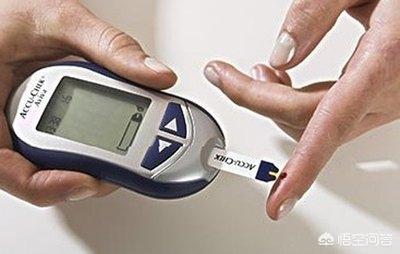
If you are eating at any time during the day, you can measure it in the early morning after waking up and eating your first meal. Or it can be measured after the relative main meal.
Since you have been diagnosed with diabetes, your blood glucose is measured after meals, mainly to understand the status of the disease and how well your medication is controlling your blood glucose. It does not matter if you always eat after a meal, the blood glucose measured at this time is called "random blood glucose", which can also be used as a reference.
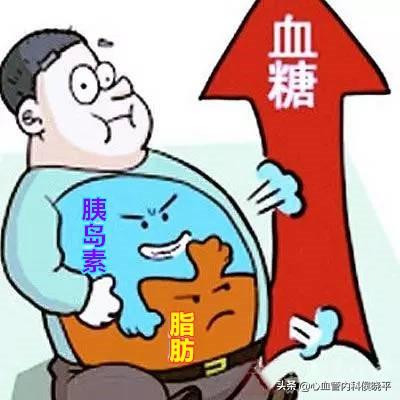
In addition, how well your blood sugar is controlled can be found by measuring glycated hemoglobin.
Glycated hemoglobin, a product of the combination of hemoglobin and blood sugar in the red blood cells in the blood. Blood sugar is always high, and the level of glycated hemoglobin also increases. Therefore, the level of glycated hemoglobin can reflect the average level of blood sugar over a period of time (2 to 3 months), and also indirectly reflect the status of blood sugar after meals.
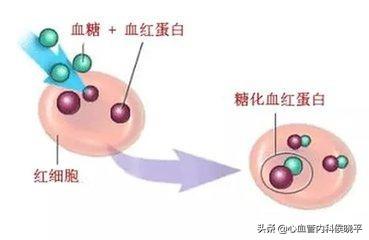
Then again, diabetics always have hunger pangs, suggesting a twofold problem: either the diabetes is not under control and the appetite is still hyperactive, or the blood glucose may be lowered too much, so there are always hunger pangs as well. These need to be determined by examination before adjusting the treatment.
(Some images from the Internet)
Eating at all times is not supposed to be the standard dietary regimen for diabetes; the diabetic diet is about three main meals, or in the case of type 1 diabetes or pregnant women, three main meals + three additional meals.
The classic diabetic diet, counting on the first bite, measuring blood glucose at 2 hours of age, and adding more meals.
You are always hungry and always eating, we suggest that you use an ambulatory glucose monitoring system (currently available in China are Abbott's Instant Sense), which allows you to monitor your blood glucose.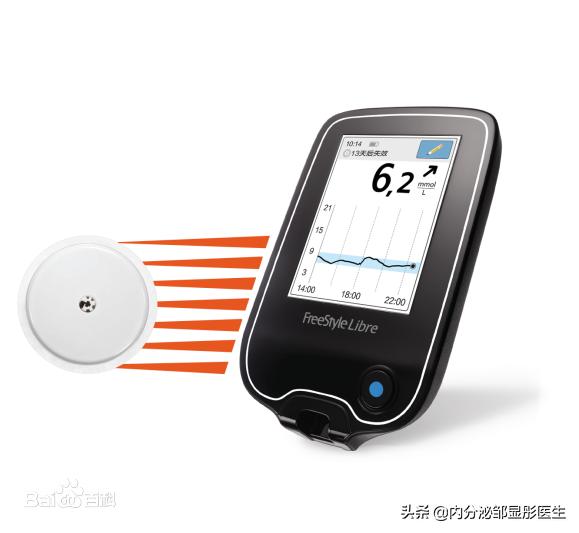
Blood glucose measurement time is usually arranged in fasting and 2 hours after meals, because in various diabetes diagnosis and treatment guidelines and expert consensus are given in the fasting and 2 hours after meals blood glucose control standards, in this time period for testing, can be very intuitive understanding of their own blood glucose control is up to the standard, so as to judge their own diet, exercise and treatment program is reasonable.
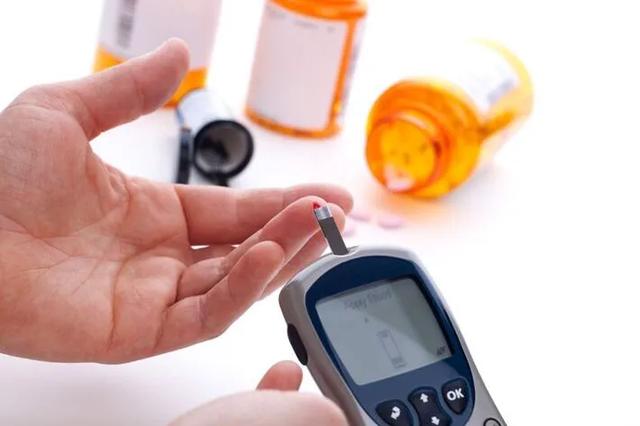
It's a clinical point in time that doctors ask for, so you'll often hear doctors tell patients, take a fasting blood glucose! Check your postprandial glucose! This postprandial glucose is usually the 2-hour postprandial glucose, but of course sometimes the 1-hour postprandial glucose is also checked.
Eating regular meals usually means three meals a day, and measuring pre- and post-meal blood glucose means blood glucose before and 2 hours after these three meals. However, the doctor's opinion onchildren, pregnant women, frail elderly and patients undergoing gastrointestinal surgery.Dietary instructions will tell them to eat small, frequent meals, meaning 5, 7 or even more meals per day, so that the time between each meal may be just over an hour, and then there is no 2 hours after a meal.
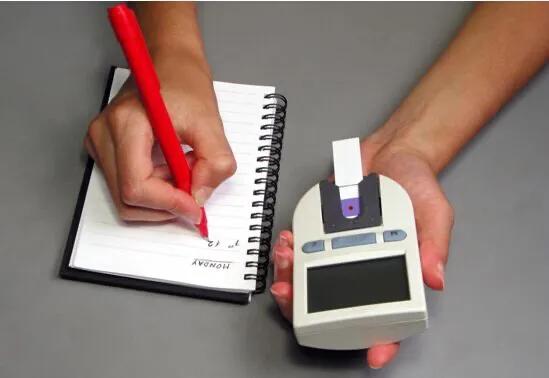
In this case, you can measure random blood glucose, because although you are eating at any time, you are eating a small amount, and the total calorie intake for the day still cannot exceed the calorie intake needed, so that the postprandial blood glucose increase is not too big, and with the fasting blood glucose value, you can know the overall situation of your blood glucose control.
For some special cases, such asPatients with severe disease, extremely high blood glucose, the presence of acute metabolic disorders, and the need for high-dose insulin therapy.The frequency of blood glucose measurements would no longer be done in a pre-meal, post-meal fashion, and the checks would be more frequent, sometimes on a half-hourly-2-hourly basis until the blood glucose stabilized.
I am Dr. Sun, pay attention to Dr. Sun talk about sugar, continue to learn about quality health knowledge, help please like, have questions please leave a message, will reply!
Diabetic postprandial blood glucose, the first bite of breakfast shall prevail, and the two-hour blood glucose measurement is the postprandial index.
Diabetes is best measured at regular intervals , with postprandial glucose two hours after eating.
When patients experience symptoms of hunger, they can drink more water or eat foods that are lower in sugar content to alleviate the symptoms of hunger. Common foods are cucumber, radish, tomato. Patients can eat less staple food and more green vegetables. Green vegetables contain less sugar, eat more will not cause significant changes in blood sugar, but also to a certain extent to prevent the appearance of hunger. Usually patients can eat cabbage, fungus, celery, spinach, green peppers, leeks, mushrooms and so on.
Now that you are trying to control the fine, there are food carbohydrates contents available online for easy blood sugar monitoring after you have eaten.
Snacking is a big no-no for sugar lovers, and blood sugar will remain high for a long time! It is recommended to convert the staple food, to ensure that you can eat a full meal blood sugar is not high. Private letter, telling you to buy the most authentic and cheapest effect of the best special rice.
Forget the first bite. Eat smaller meals.
Hello; in your case, blood glucose is measured two hours after a meal, you can't eat again at any time, and if you are hungry for food, you have to measure it two hours after the last meal, I hope the answer is helpful.
Three meals for breakfast, lunch and dinner. Yam and bitter melon for diabetes.
This question and answer are from the site users, does not represent the position of the site, such as infringement, please contact the administrator to delete.